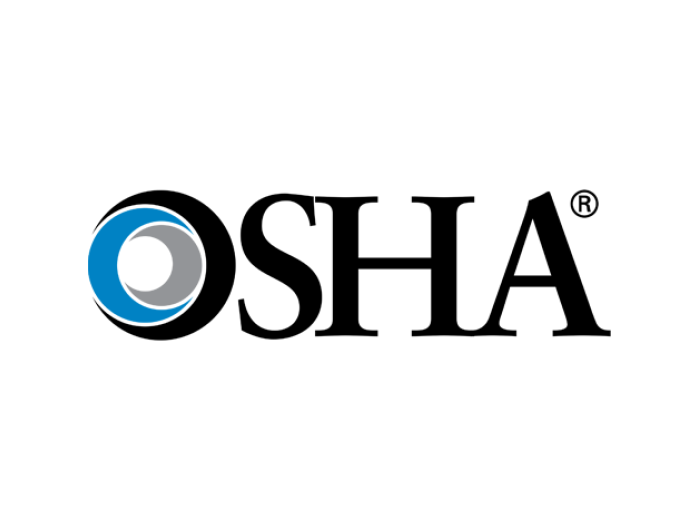Covid-19 and OSHA’s failed attempts to protect workers

United States Department of Labor.
Beyond the Curve: Dr. Peter Lurie's Covid-19 blog
Early in the pandemic, we wrote about the burden of Covid-19 on healthcare and food industry workers and called on the government to take strong action to protect U.S. workers. This followed wholly inadequate efforts by the Trump administration on worker safety, including an Executive Order doing just the opposite: ordering meat processing plants to stay open even as infections mounted.
The advent of the Biden Administration heralded a new opportunity. One of Biden’s first actions upon assuming the Presidency was to issue an Executive Order calling on the Occupational Safety and Health Administration (OSHA) to consider the need for emergency temporary standards (ETS) on Covid-19. An ETS is a rarely invoked form of rulemaking that allows OSHA to propose a permanent standard when it determines that workers are in “grave danger” due to exposure to toxic substances or new hazards.
On June 21, 2021, OSHA’s first ETS since 1983 (on asbestos) was issued. The ETS required healthcare employers to develop and implement a plan to control Covid-19 risks in the workplace. This included requirements to provide facemasks and respirators; maintain six feet of physical distancing when indoors; install barriers where employees are not separated from others by at least six feet; and implement employee screening for infection.
On November 5, 2021, OSHA issued a second, totally separate ETS requiring vaccination and testing for employers with 100 or more employees. Under that ETS, employers were to develop policies requiring employees to either be fully vaccinated against Covid-19 or supply proof of weekly negative Covid-19 tests and wear face coverings. That same day, the Centers for Medicare and Medicaid Services (CMS) published an interim final rule establishing vaccination requirements for workers of Medicare- and Medicaid-certified providers and suppliers by March 15, 2022 – a similar group to that covered by the first ETS.
Today, two out of three of these rules are no longer in place.
On December 27, 2021, OSHA withdrew all but the recordkeeping portions of its first (June 2021) ETS. According to one part of the Occupational Safety and Health Act (OSHAct), an ETS remains in effect until replaced by a permanent standard. However, another section of the Act states that a permanent standard should be issued within six months following publication of an ETS. So, OSHA went ahead and withdrew the ETS because it was unable to issue a final rule within the six-month timeframe.
In practice, this deadline for issuing a permanent standard is impossible to meet; the Government Accountability Office has estimated that it takes seven years for OSHA to issue a final standard. (One of us (PL) should know. The hexavalent chromium standard he worked on took 12.6 years to complete – and then only after the agency was successfully sued for illegal delay.) This is all to say that OSHA’s June 2021 ETS could have remained in place until it issued a permanent standard.
In practice, this deadline for issuing a permanent standard is impossible to meet.
Enter the U.S. Supreme Court. On January 13, 2022, the Court ruled that OSHA’s second (November 2021) ETS exceeded its authority, effectively halting enforcement. Specifically, the ruling stated that “although Congress has indisputably given OSHA the power to regulate occupational dangers, it has not given that agency the power to regulate public health more broadly. Requiring the vaccination of 84 million Americans, selected simply because they work for employers with more than 100 employees, certainly falls in the latter category.” OSHA has since withdrawn this second ETS. However, on the same day, the Court upheld CMS’s rule that requires vaccination of healthcare workers in CMS-regulated facilities.
The Supreme Court ruling on CMS’s vaccination rule is just a small victory for worker safety during Covid-19. Most glaringly, it doesn’t cover non-healthcare workers. And it doesn’t even cover all healthcare workers. Moreover, vaccination alone isn’t sufficient. While vaccination offers protection against transmitting the virus, severe illness, and death, the omicron variant has shown that additional protections – like masking, better ventilation, and distancing – are also necessary. Although healthcare worker deaths from Covid-19 have decreased following their peak in September of last year (vaccination works!), 2021 still saw an estimated 13.5% increase in deaths among healthcare workers from 2020, with 3,589 total deaths among healthcare personnel as of February 17, 20221.
Developing a standard to protect workers exposed to airborne infectious diseases has been a priority for OSHA for a long time, but efforts to establish such a rule following the H1N1 influenza pandemic were halted during the Trump administration. OSHA claims it is now focused on creating a permanent Covid-19 Healthcare Standard that may include many of the protections from its June 2021 ETS. The agency estimates that it will take between six and nine months to go through the lengthy process of issuing a permanent standard. With any luck, the pandemic will be largely behind us by then.
OSHA needs to work quickly, and in earnest, to develop a permanent Covid-19 Healthcare Standard. In the meantime, the agency should reinstate its June 2021 ETS. Healthcare workers can’t wait for a permanent standard; they need protection now.
Authors
This post was co-written by Stephanie Rogus and Peter Lurie.

Stephanie Rogus, PhD, RDN

Peter Lurie, MD, MPH
President and Executive Director

